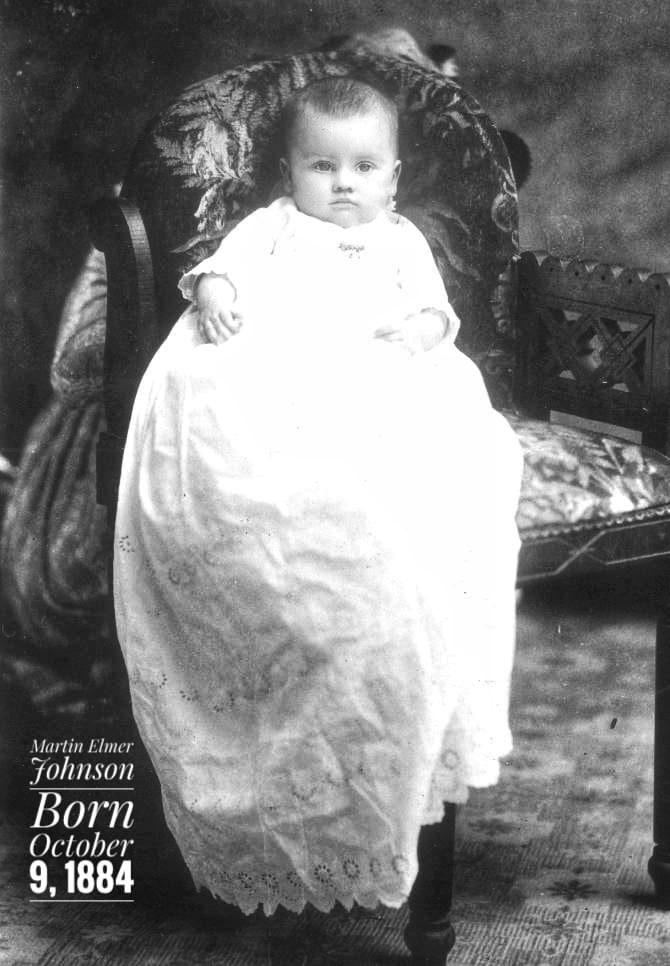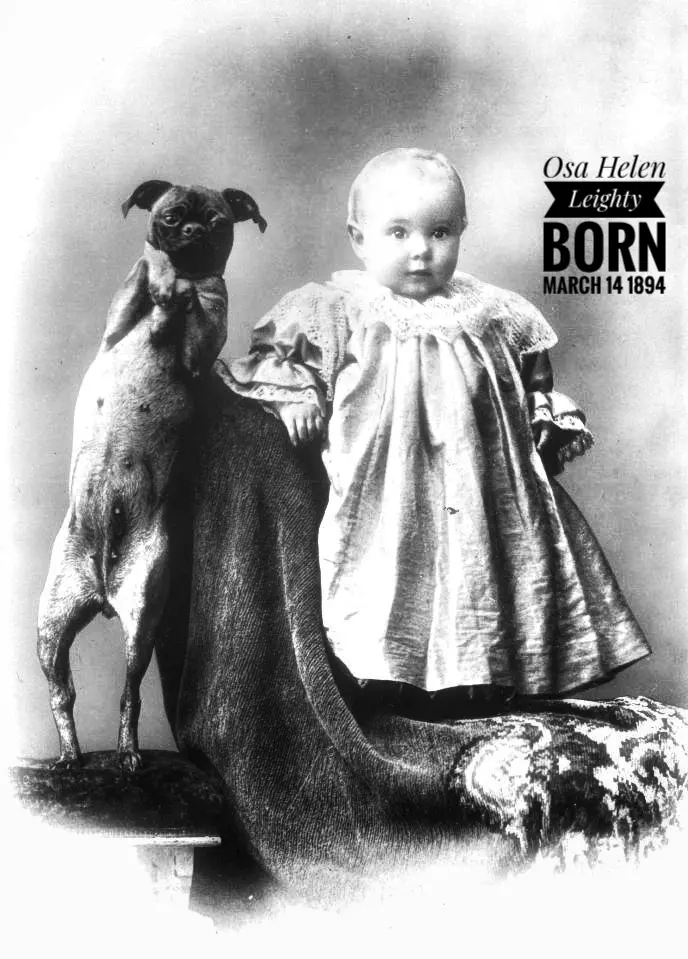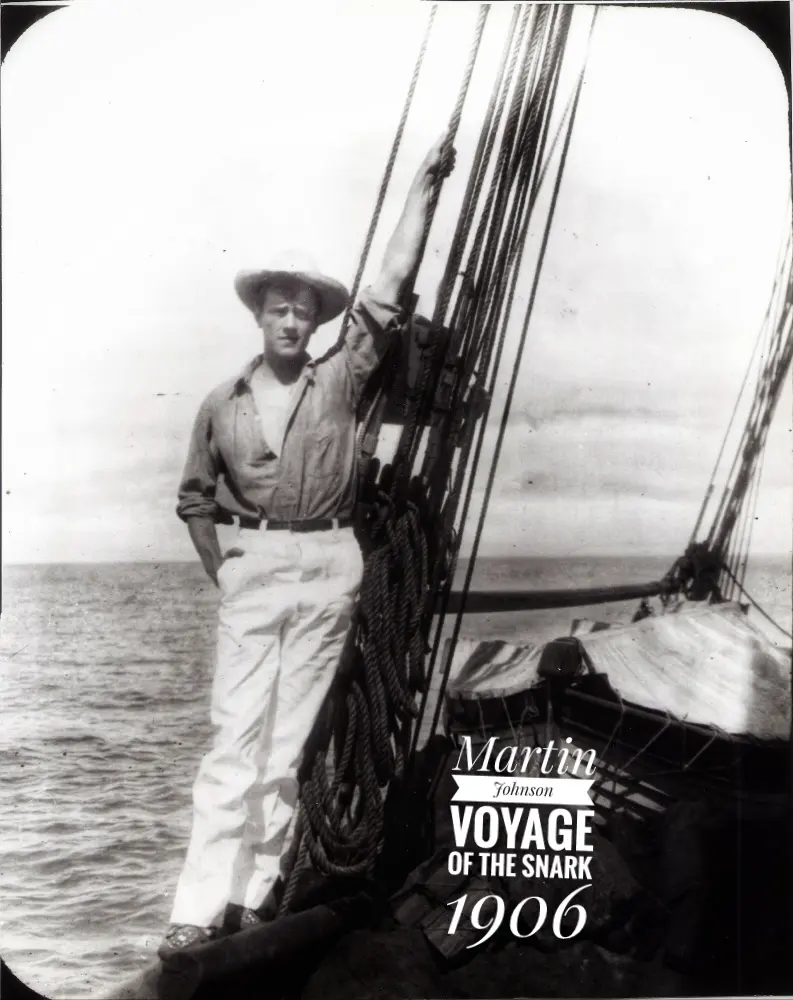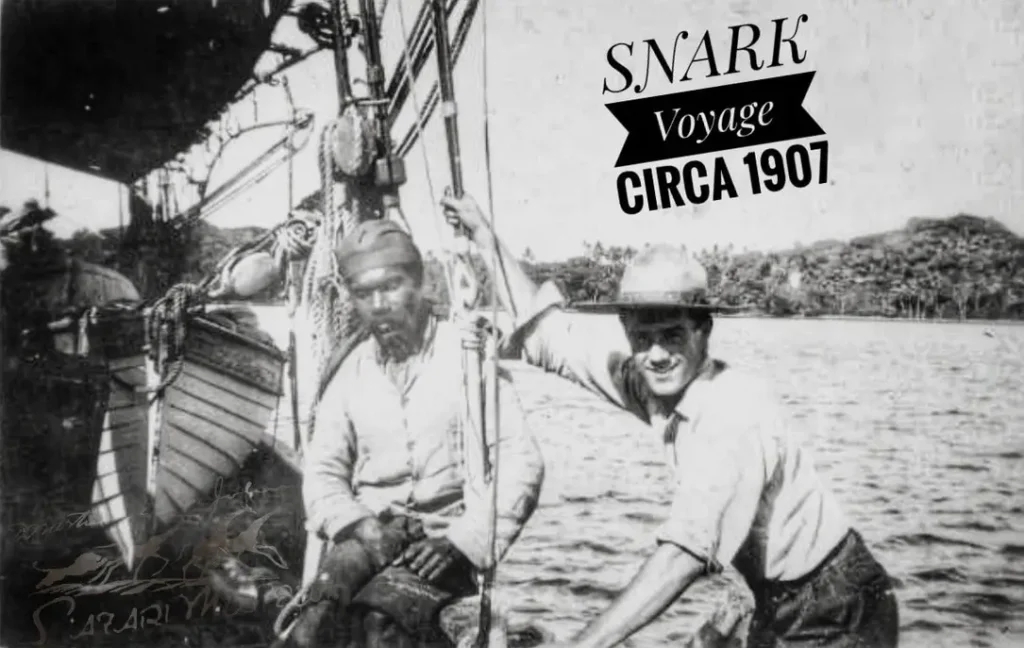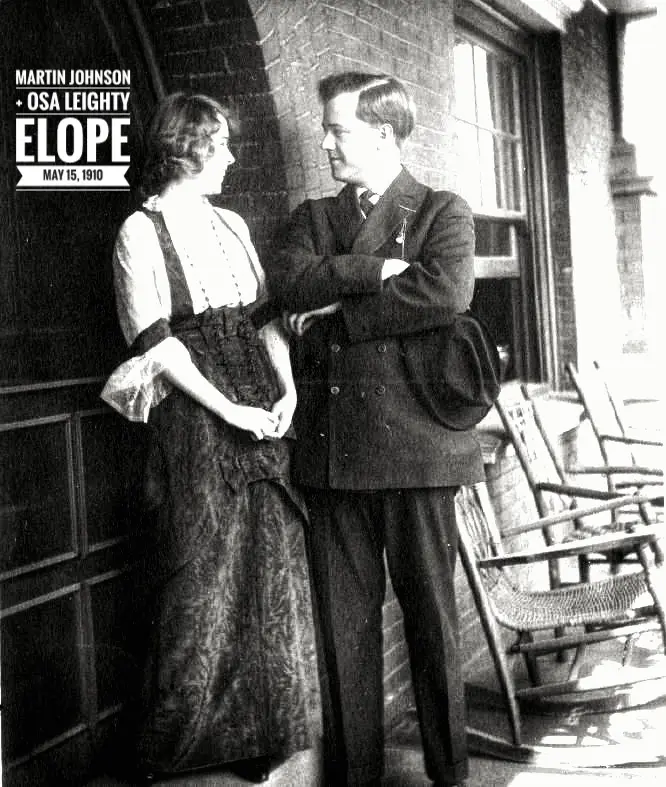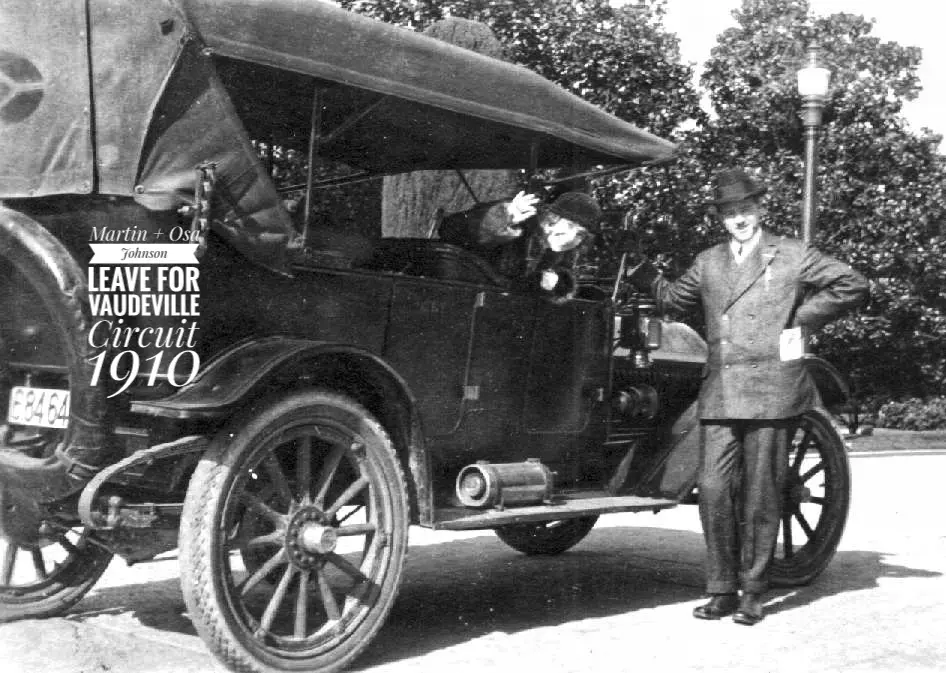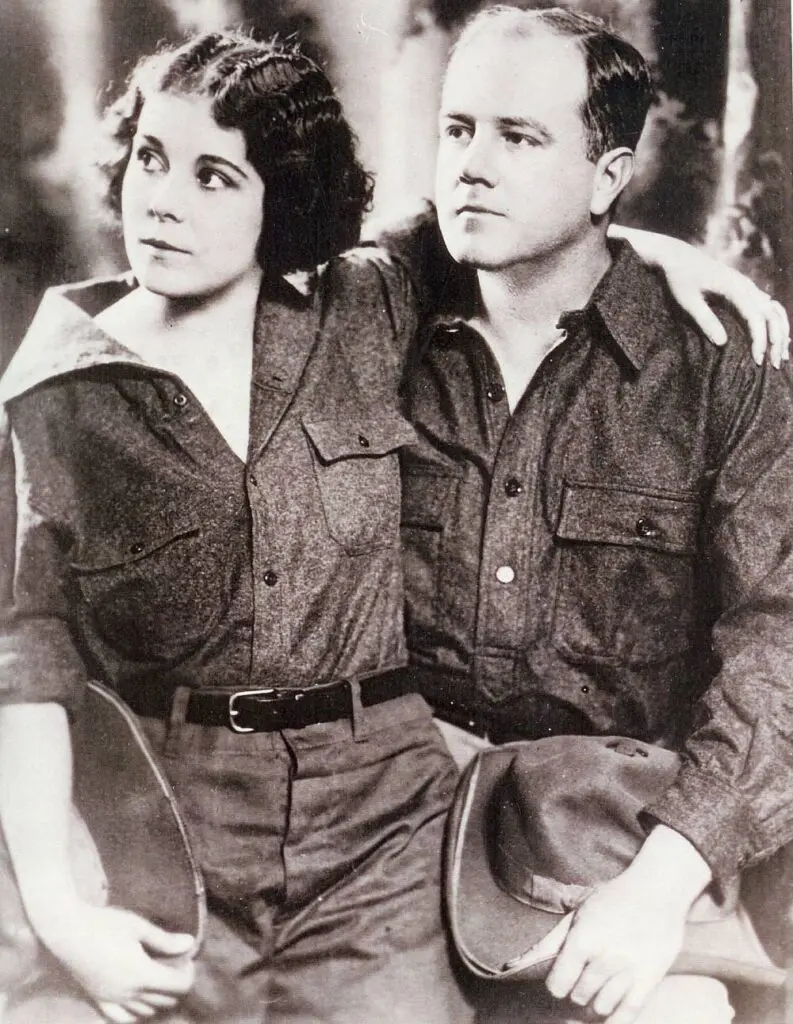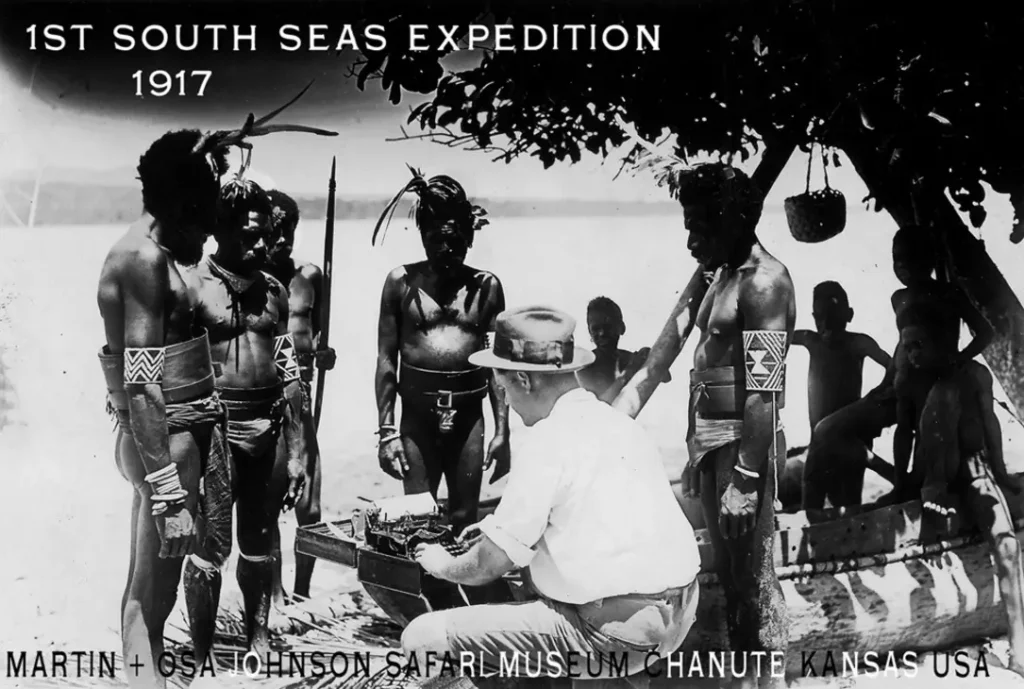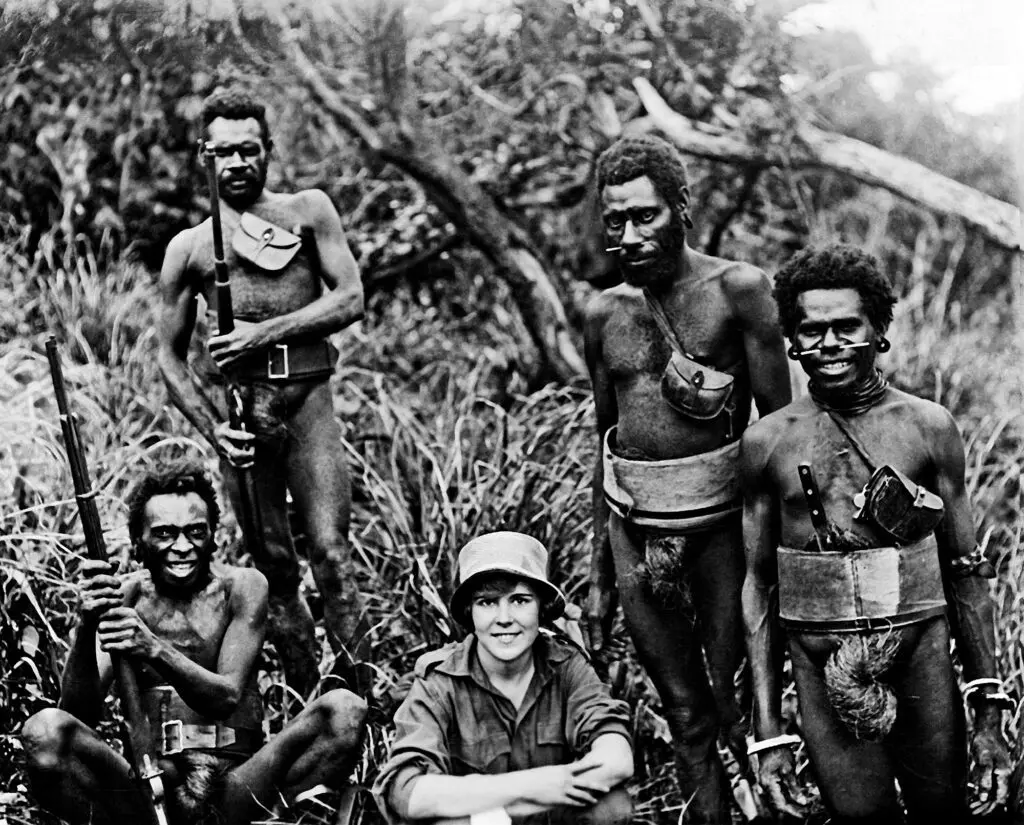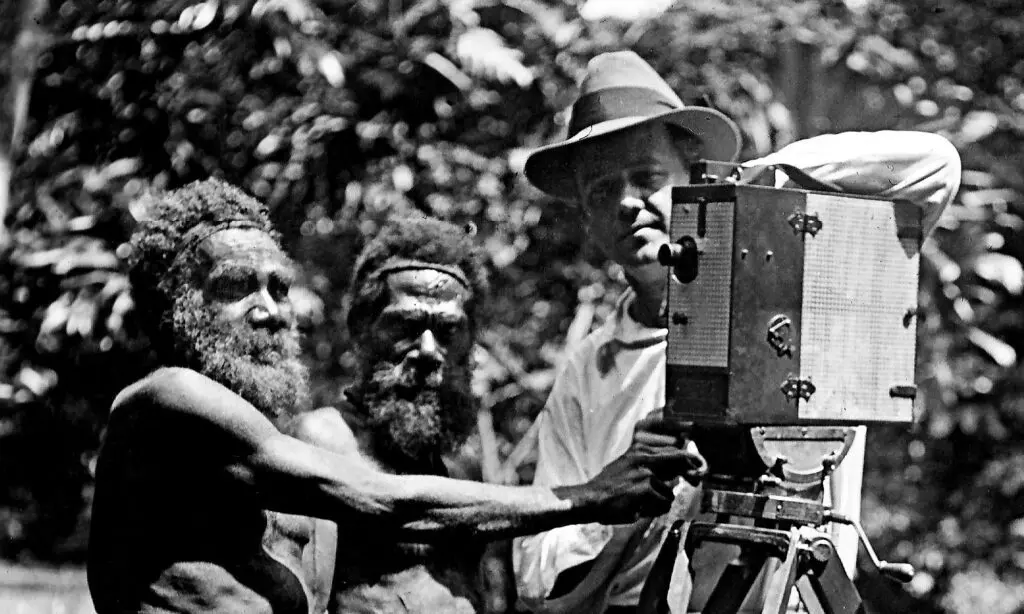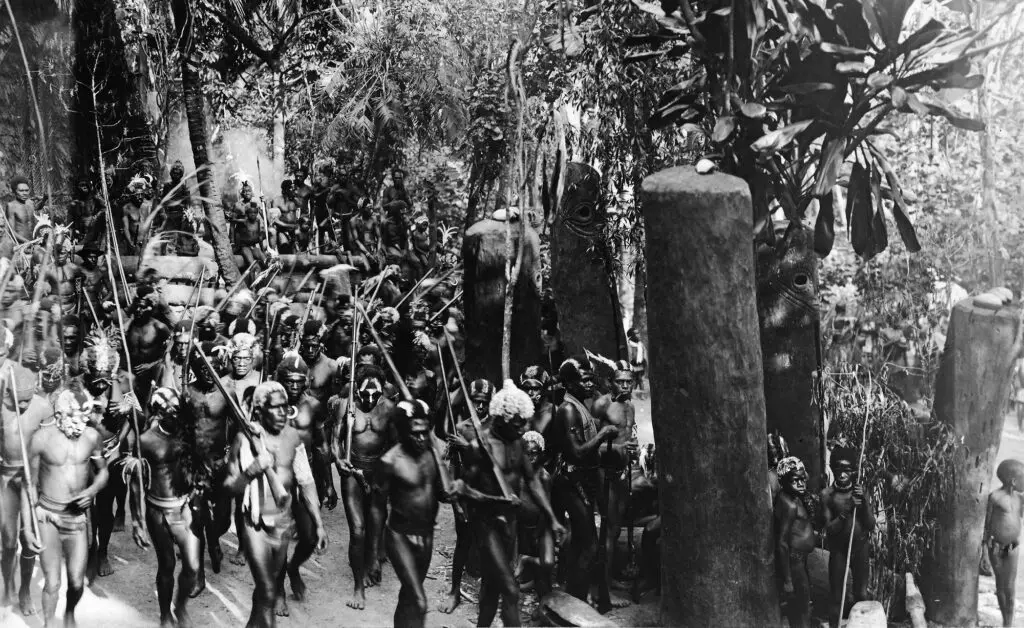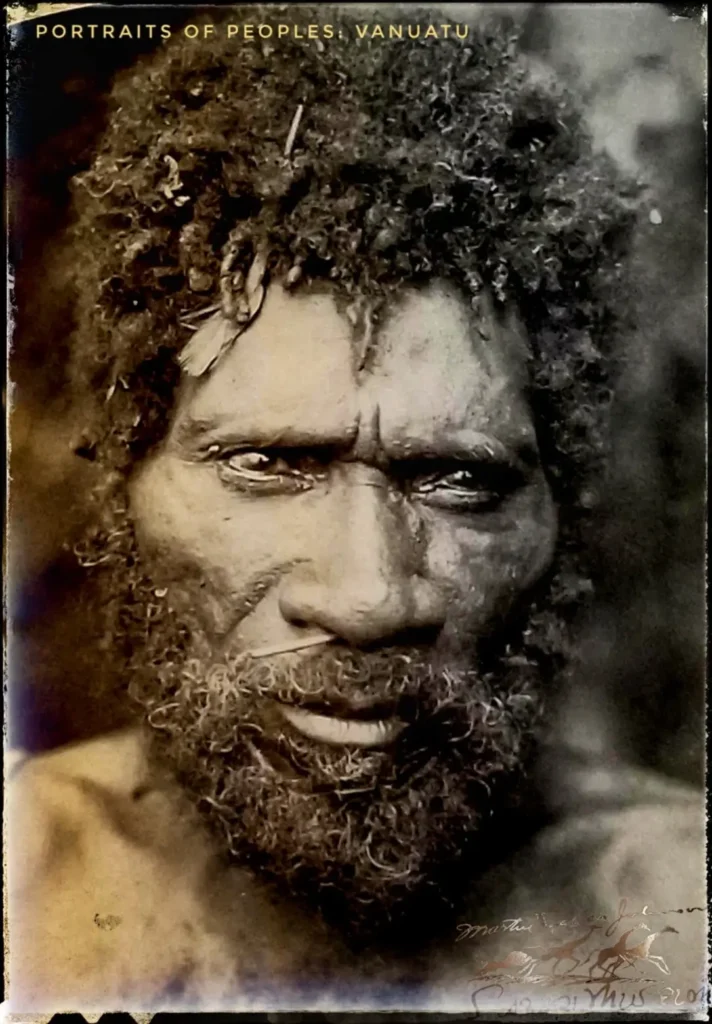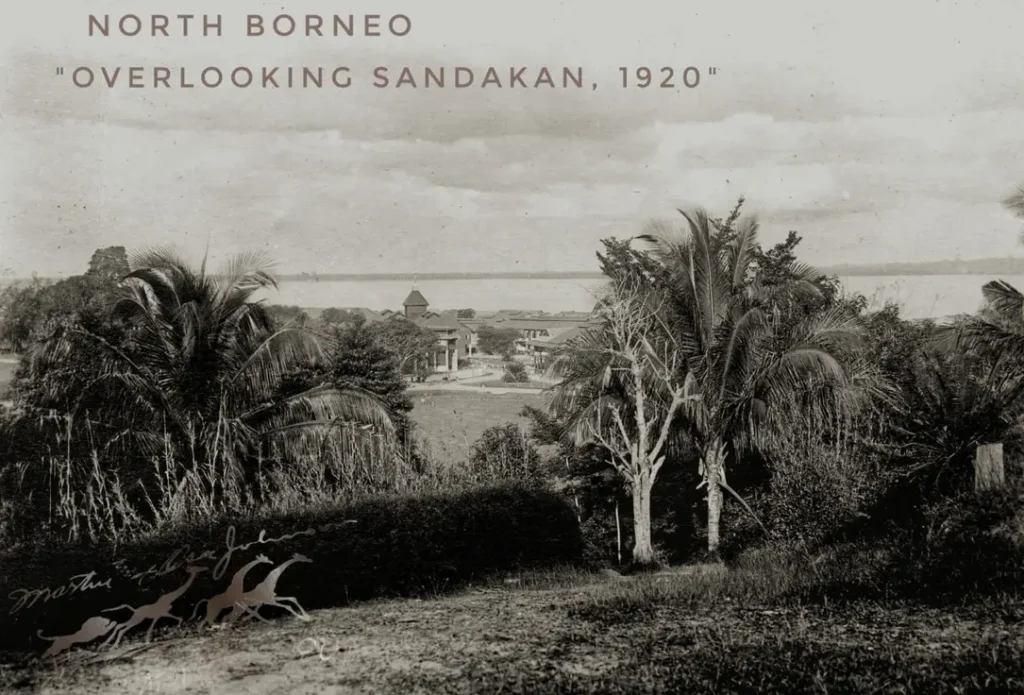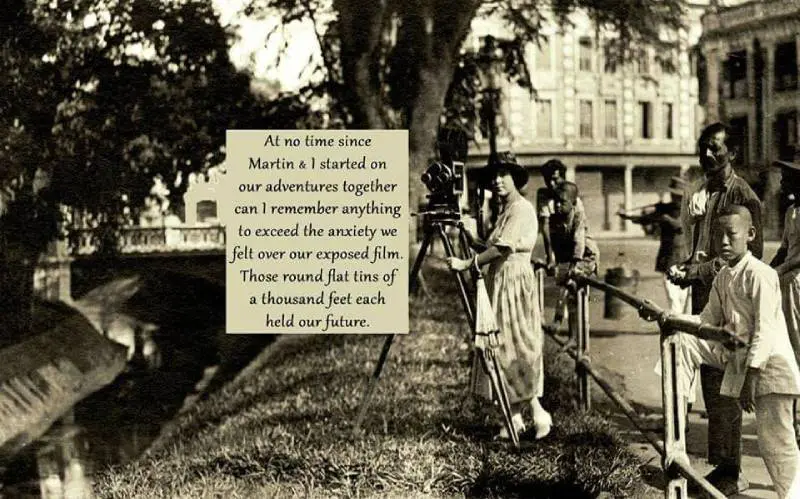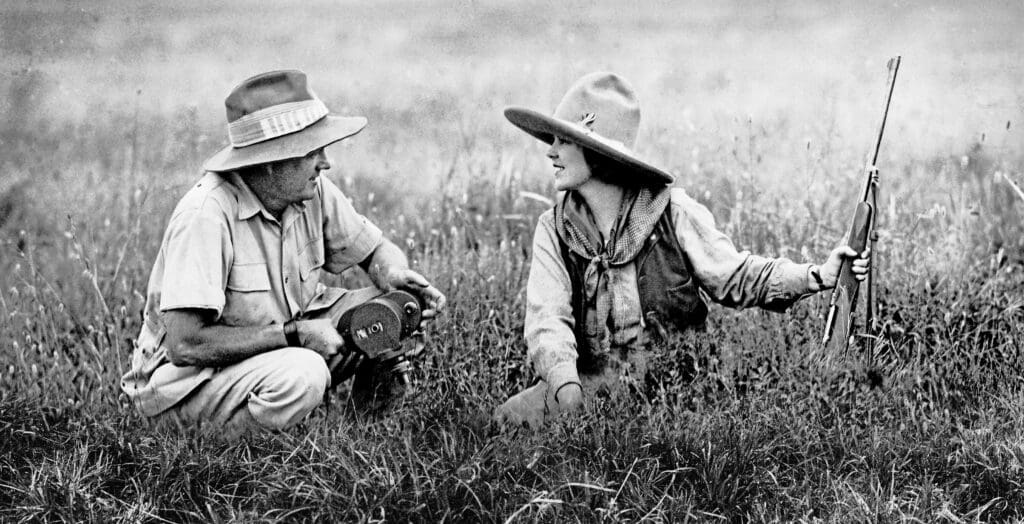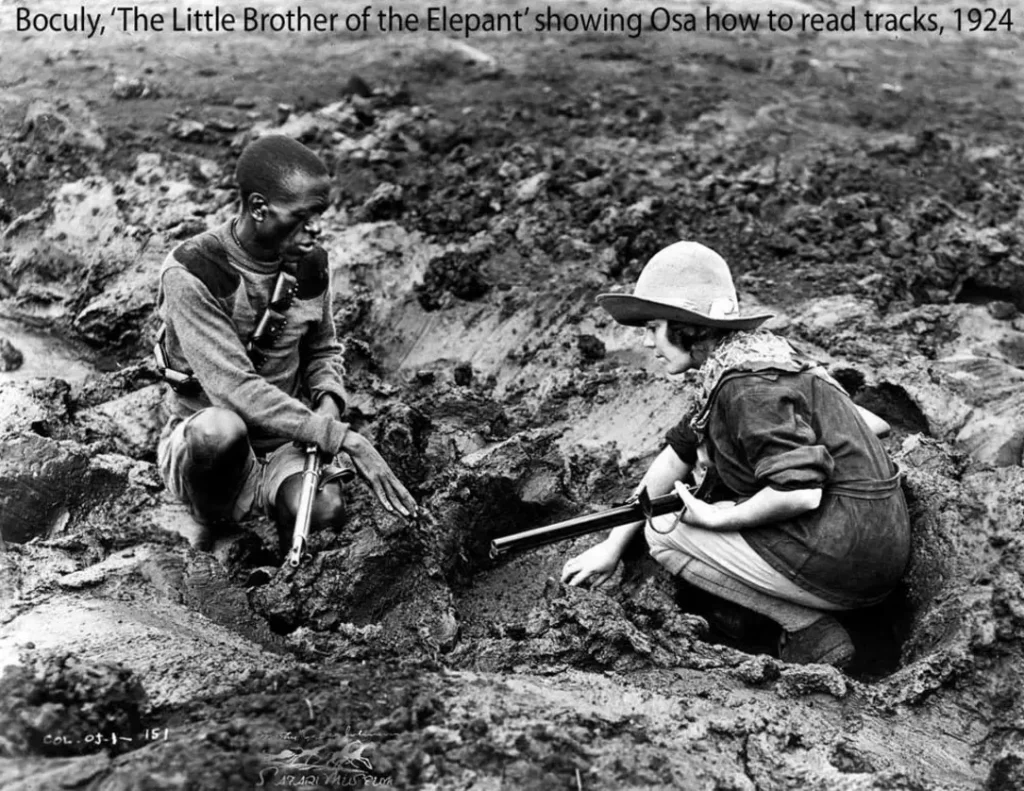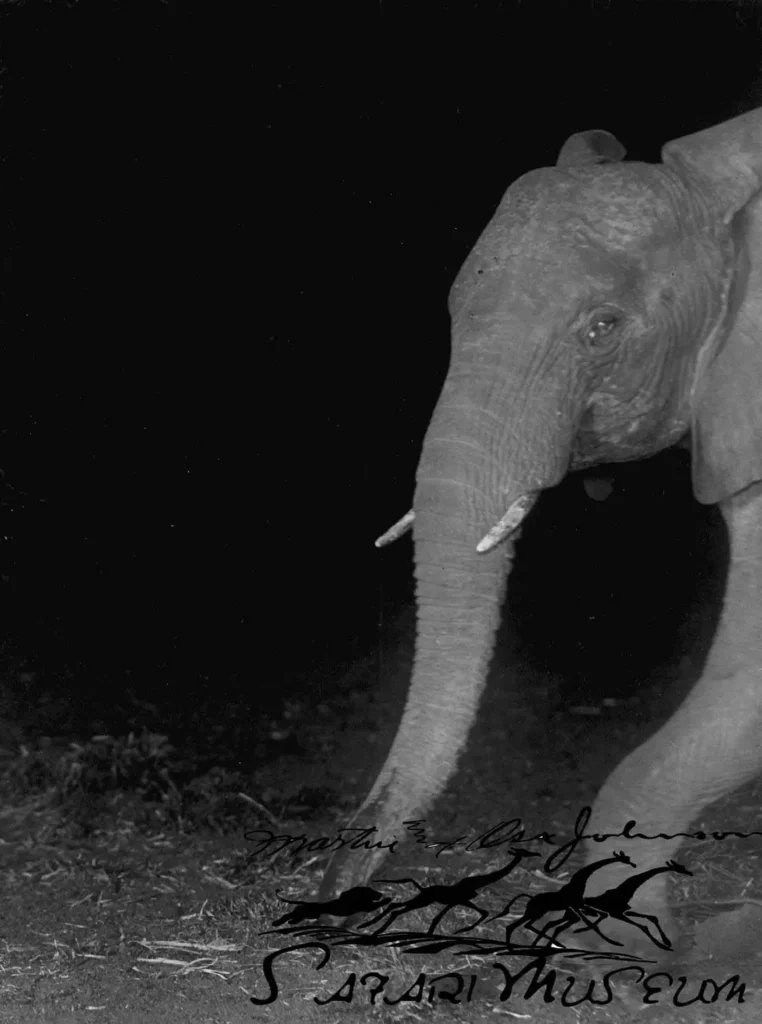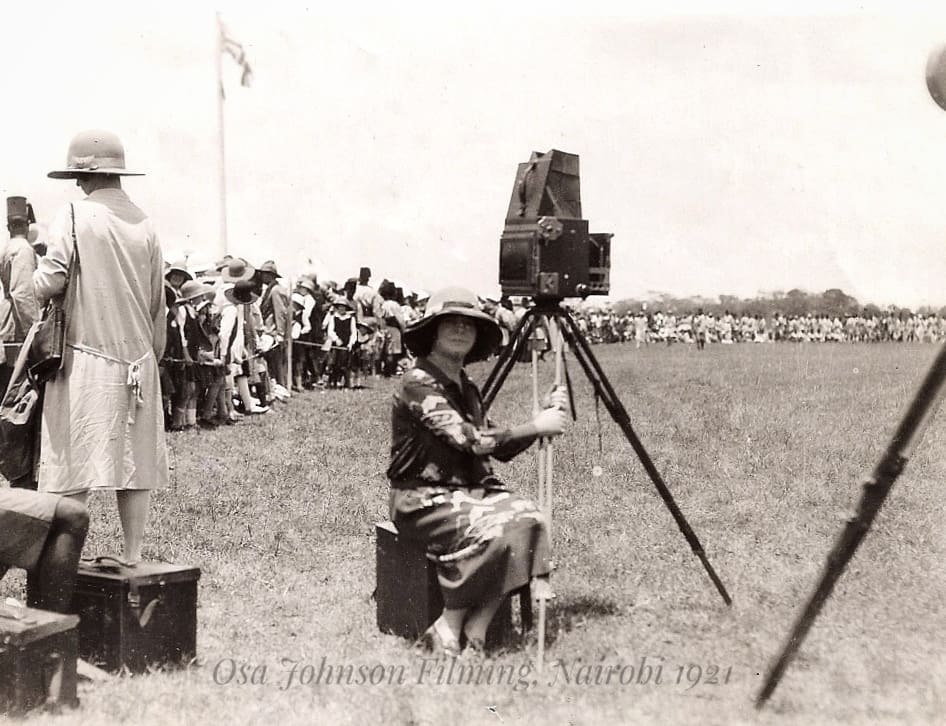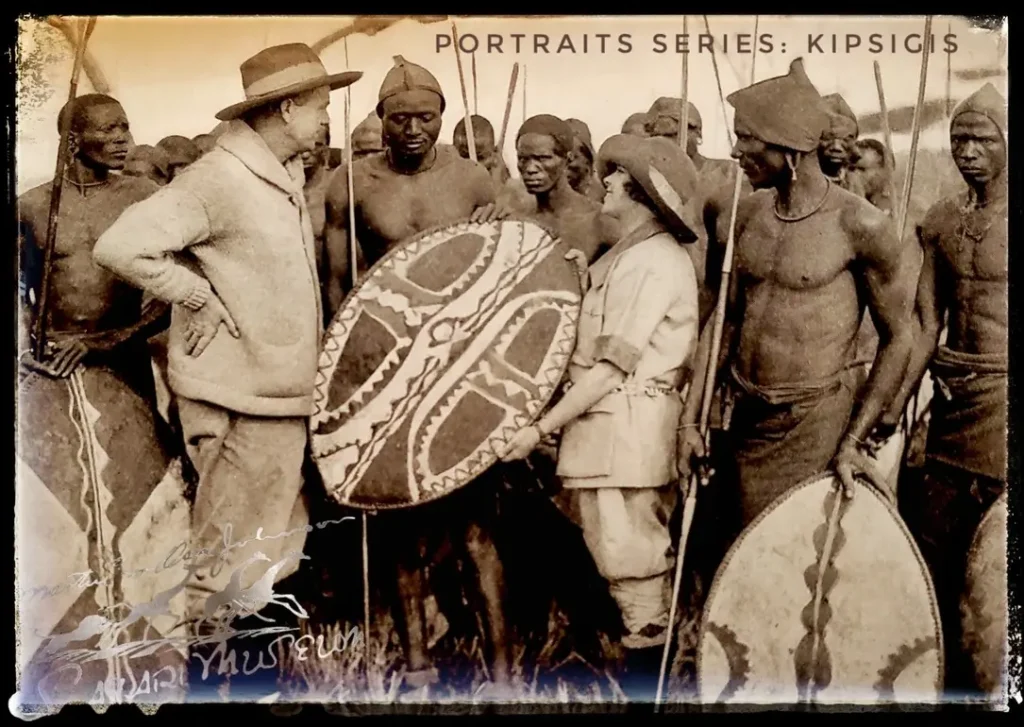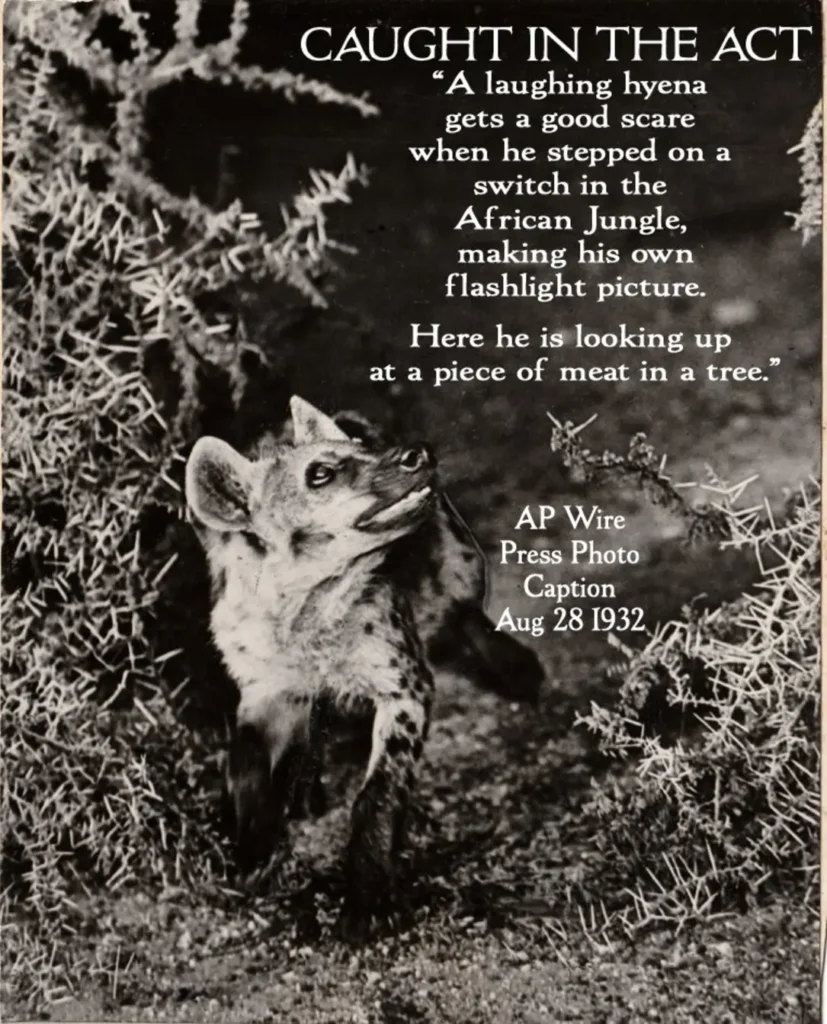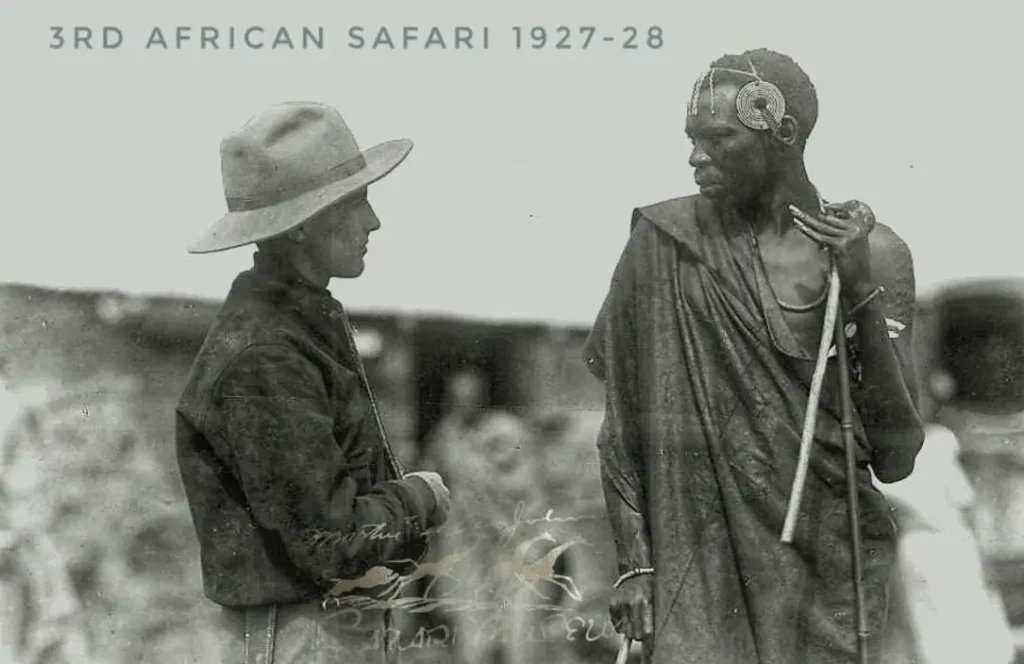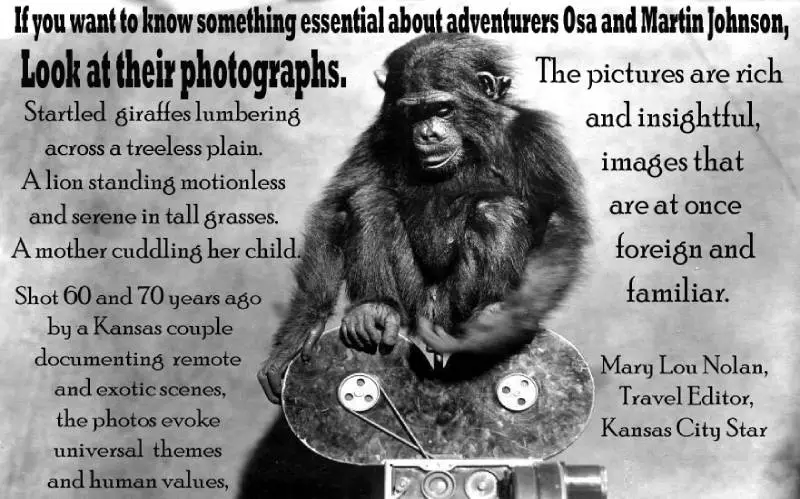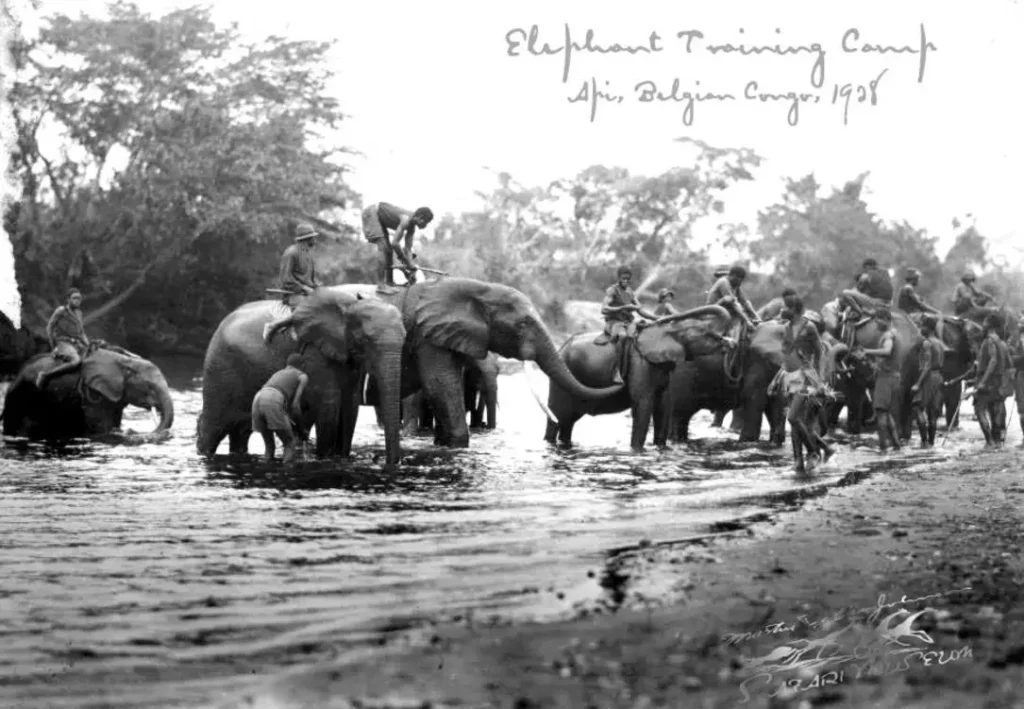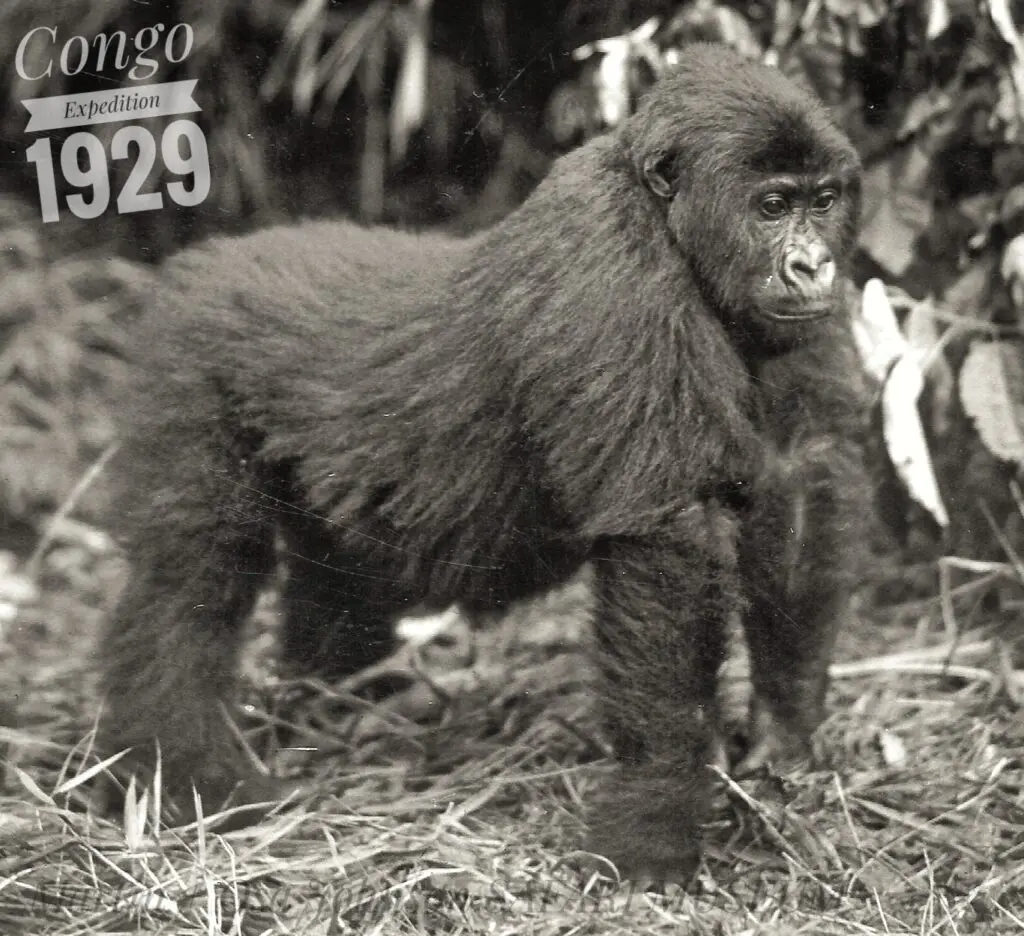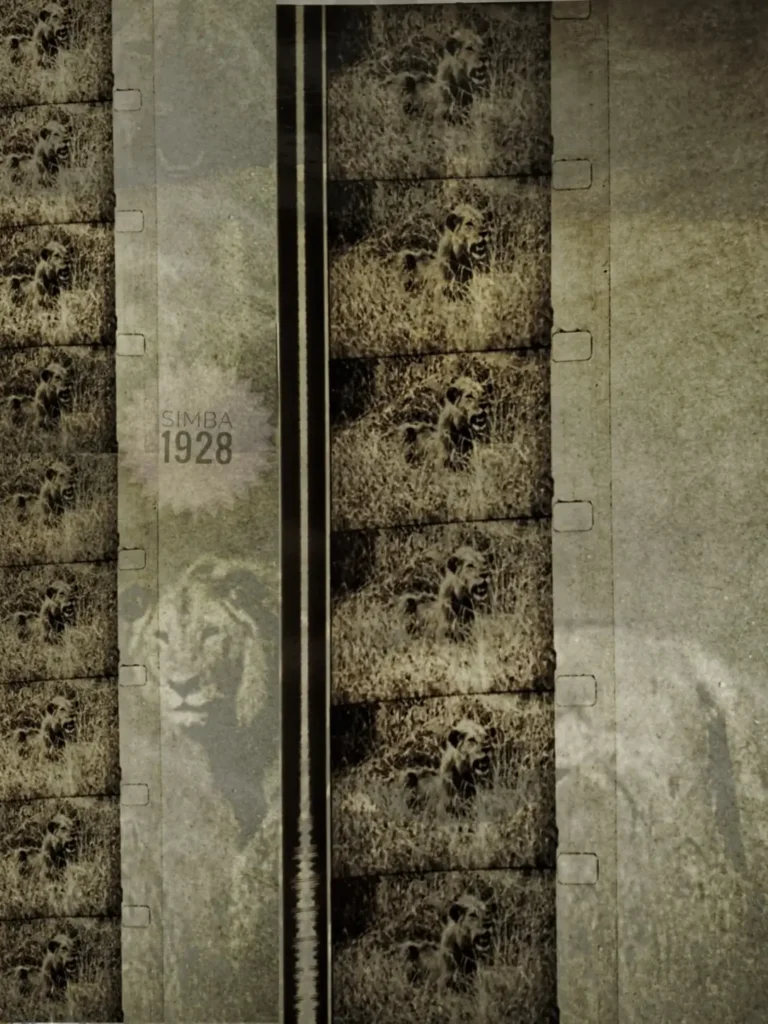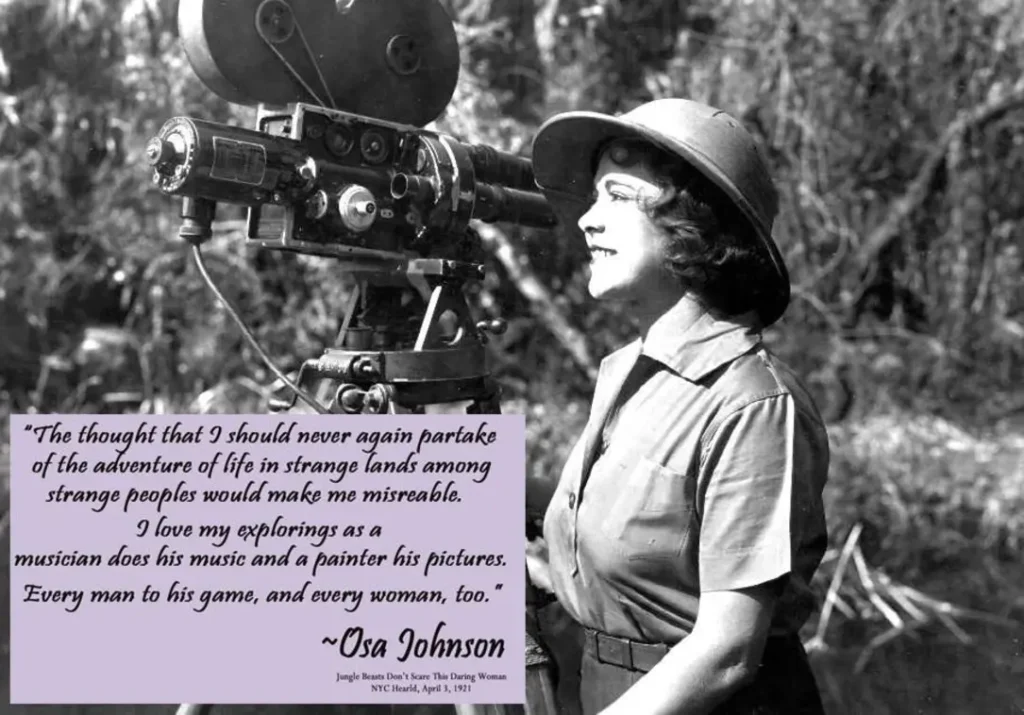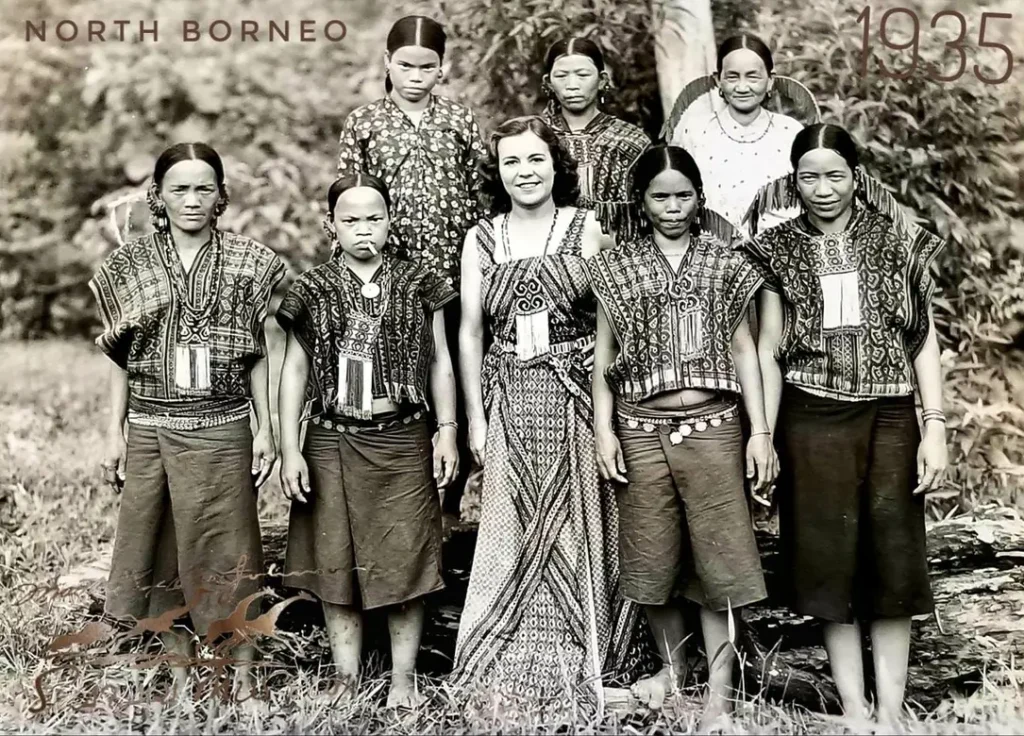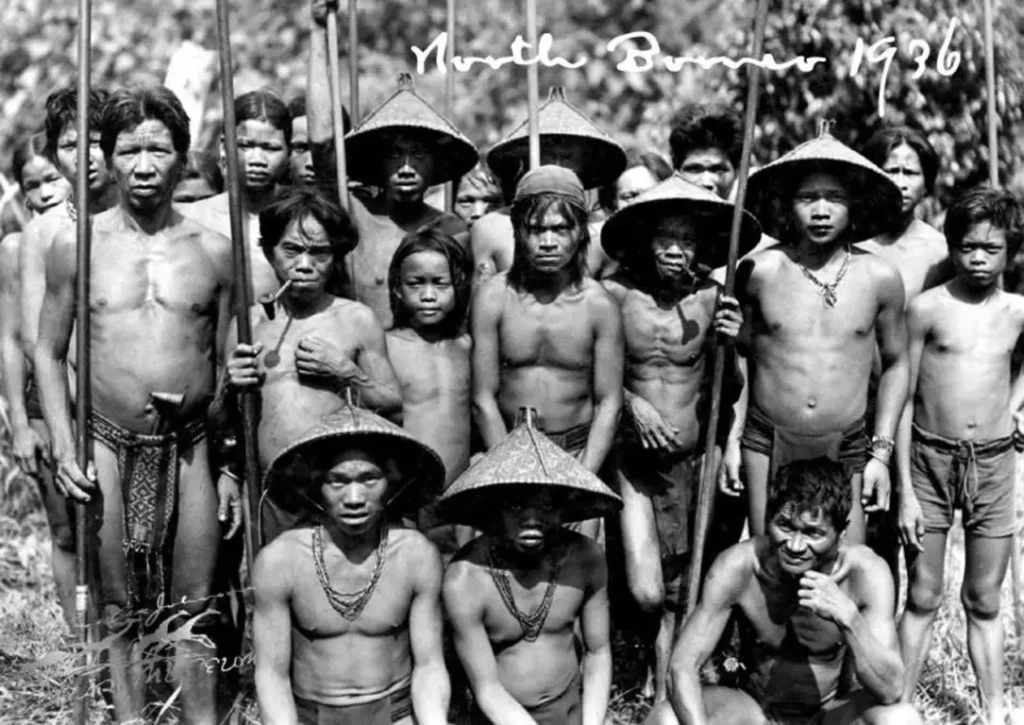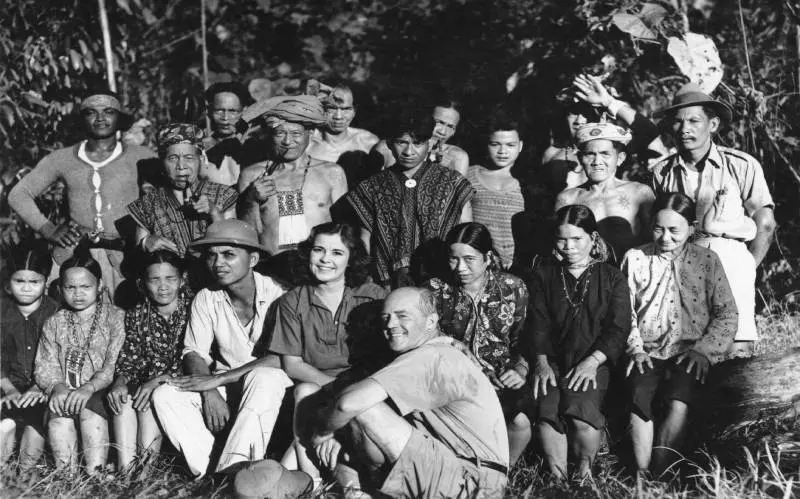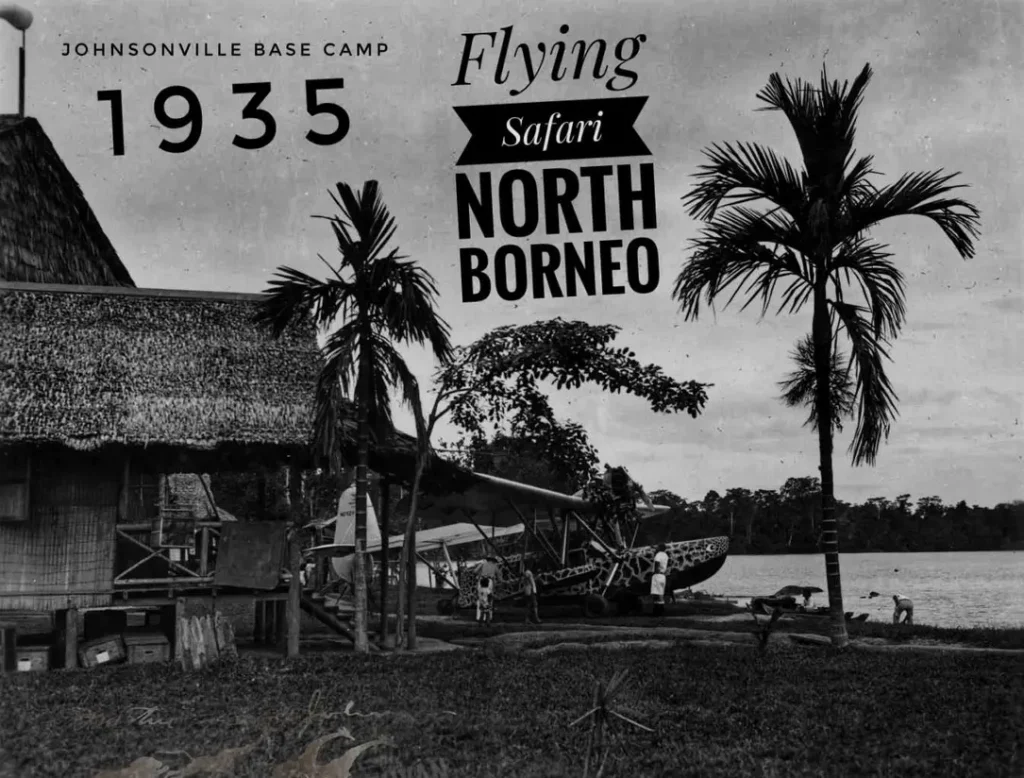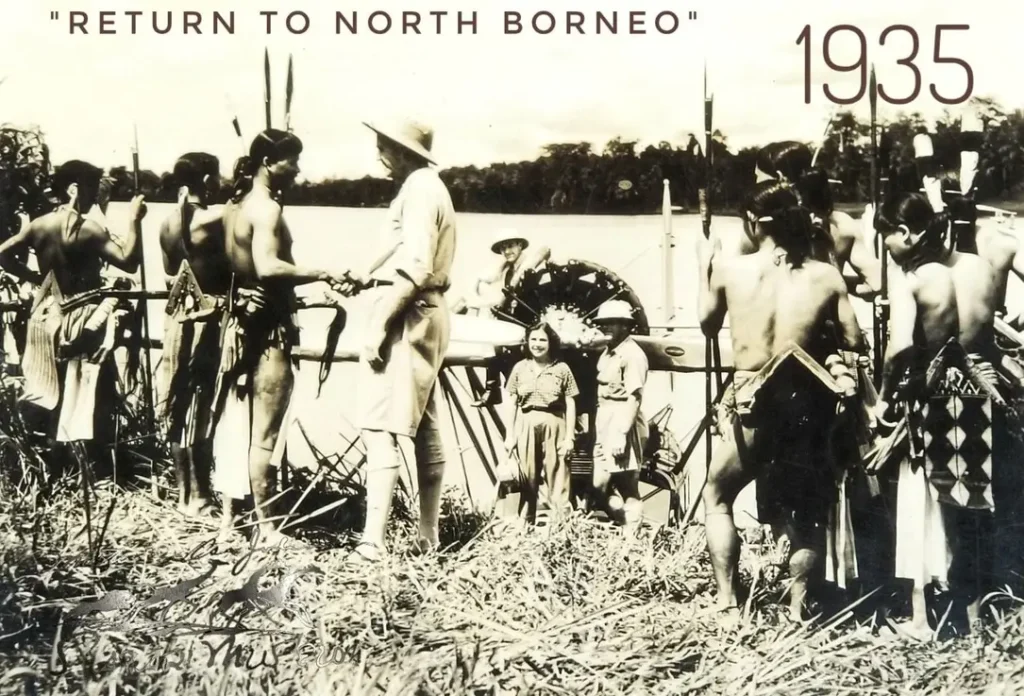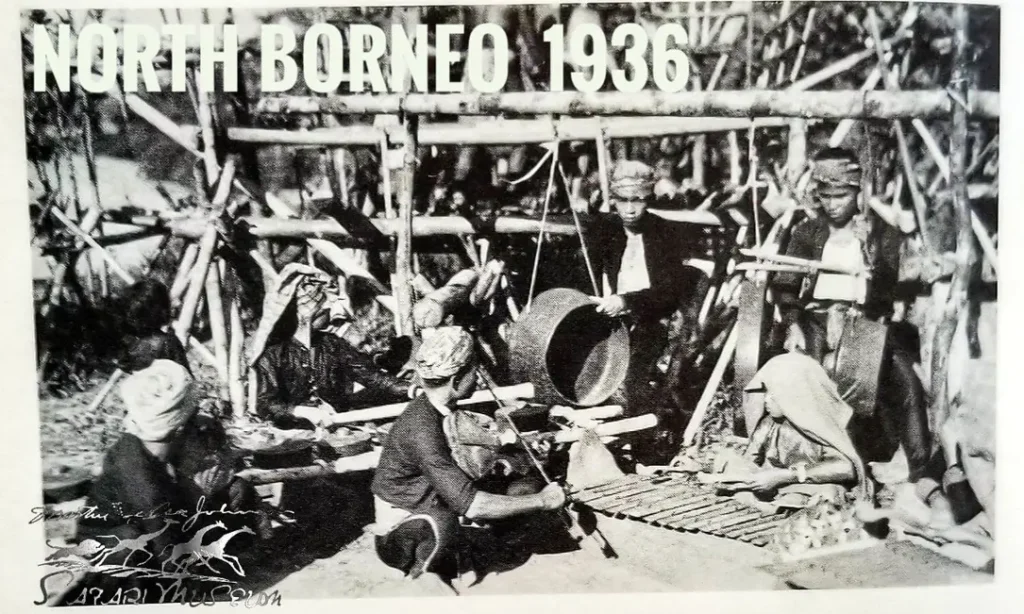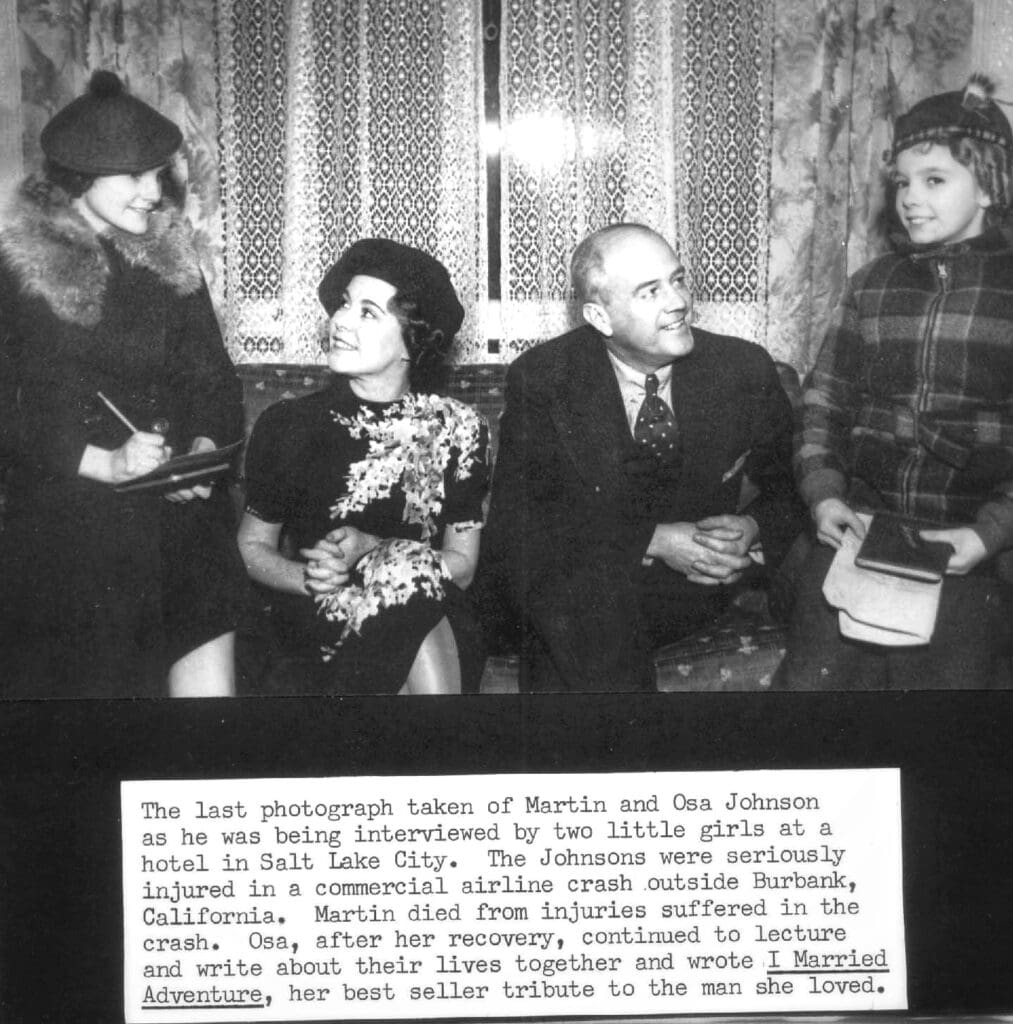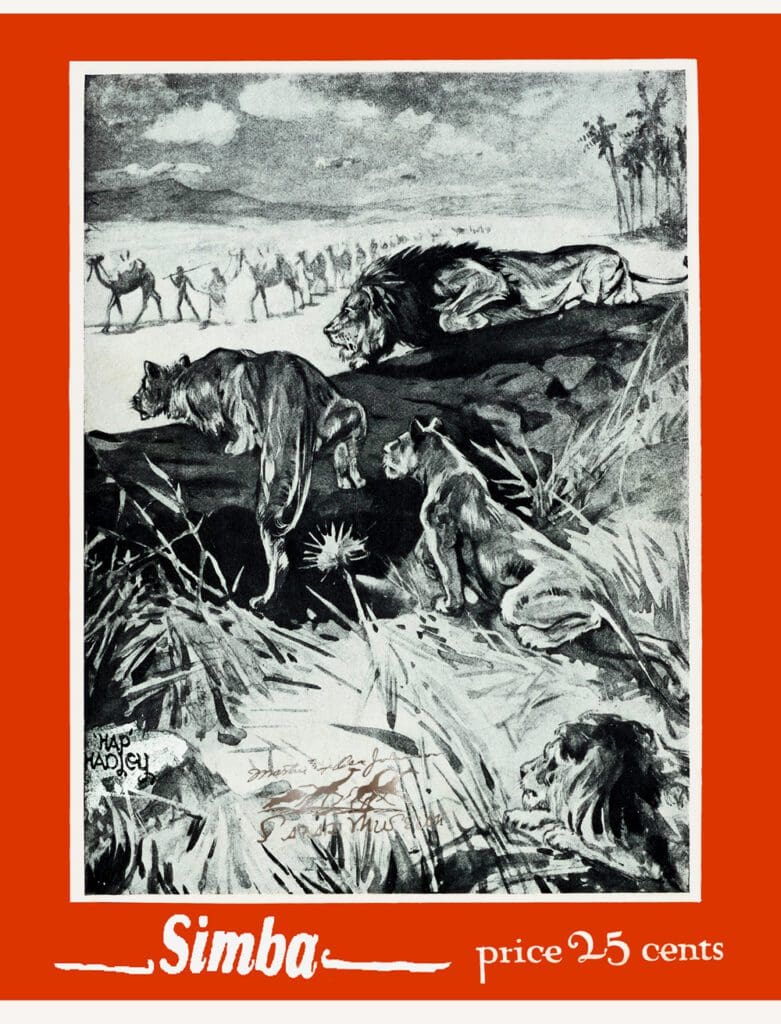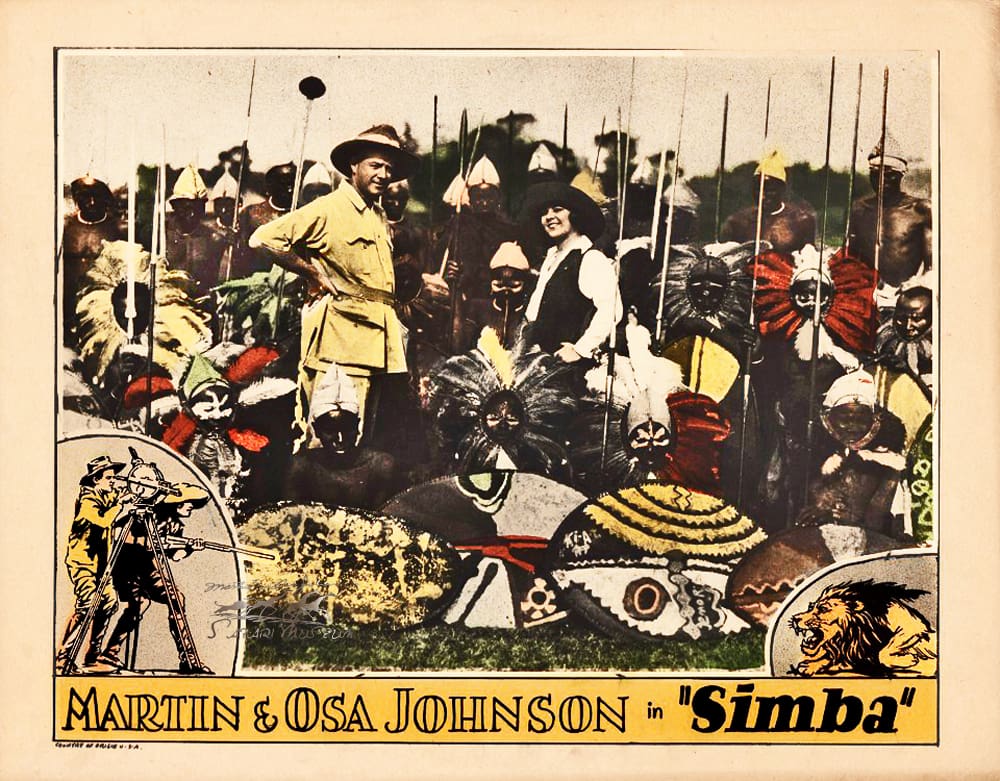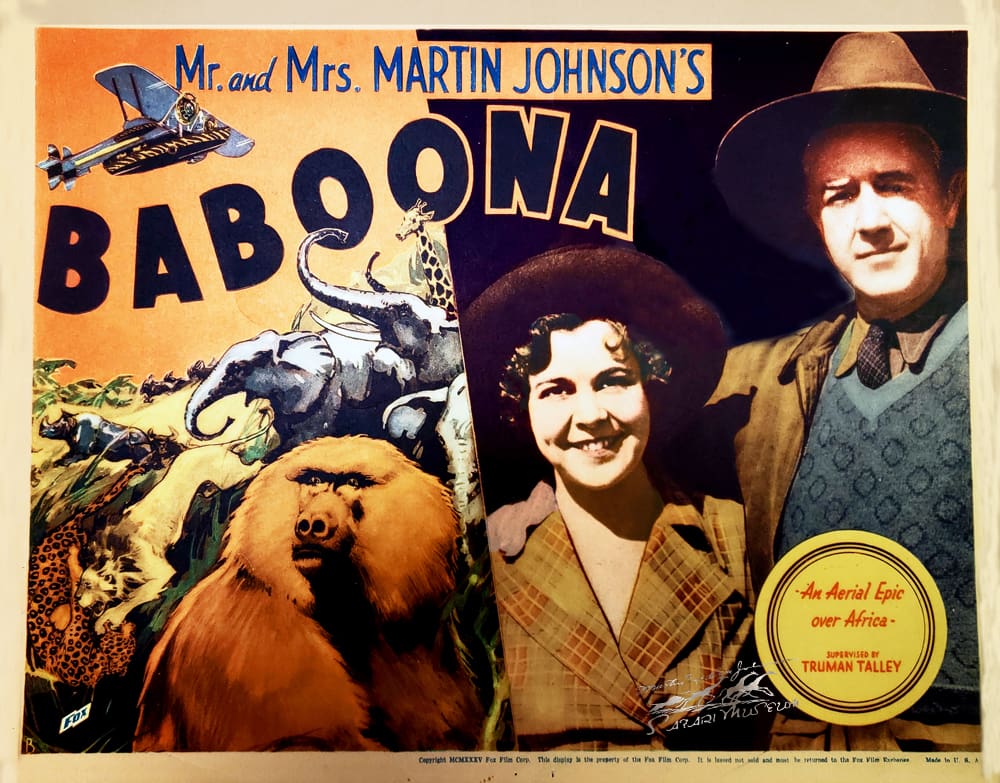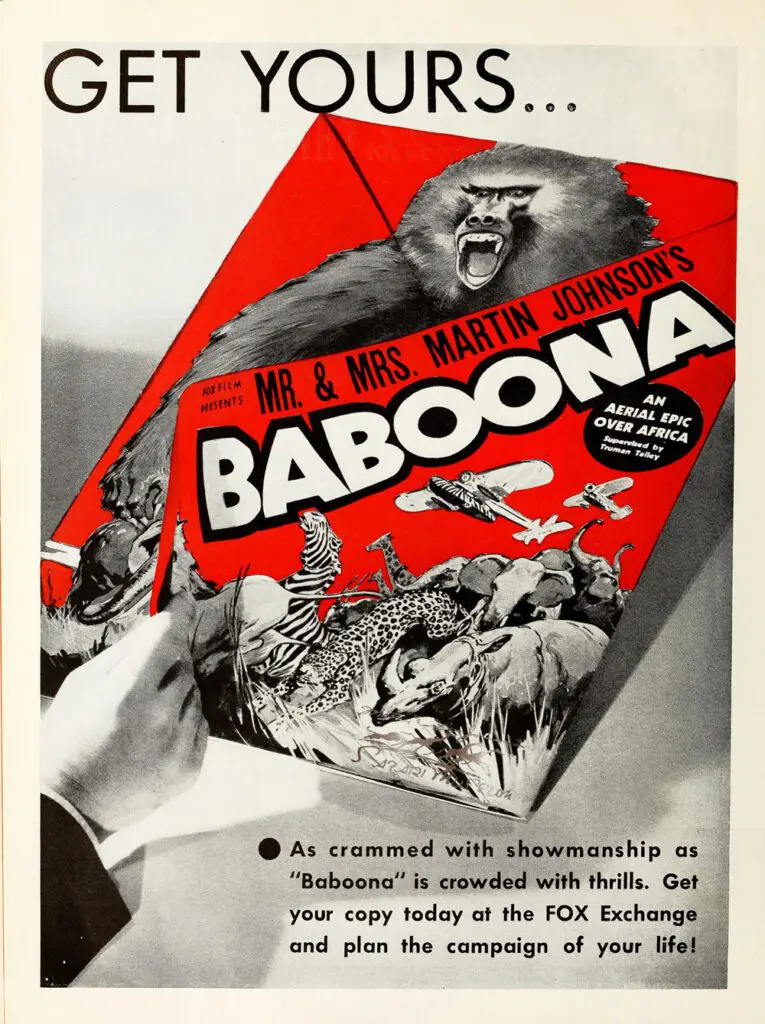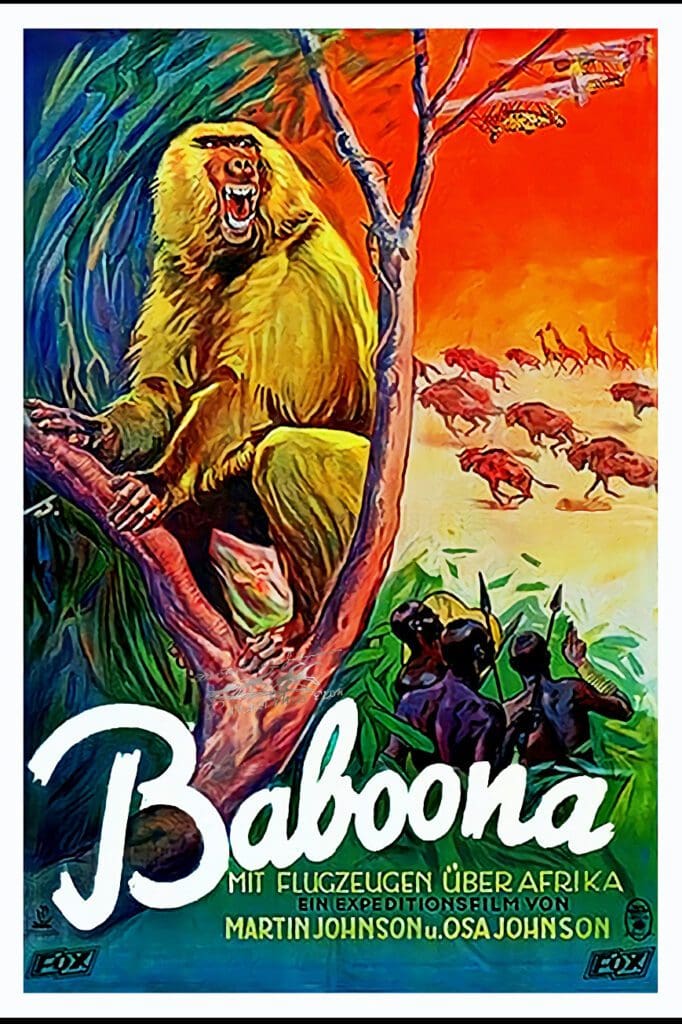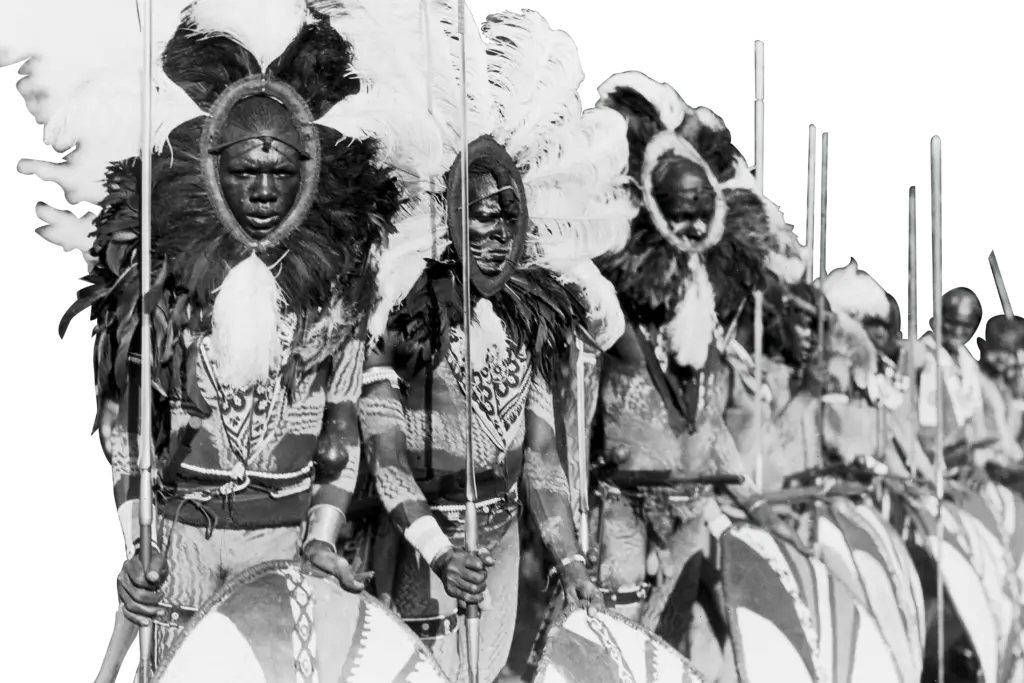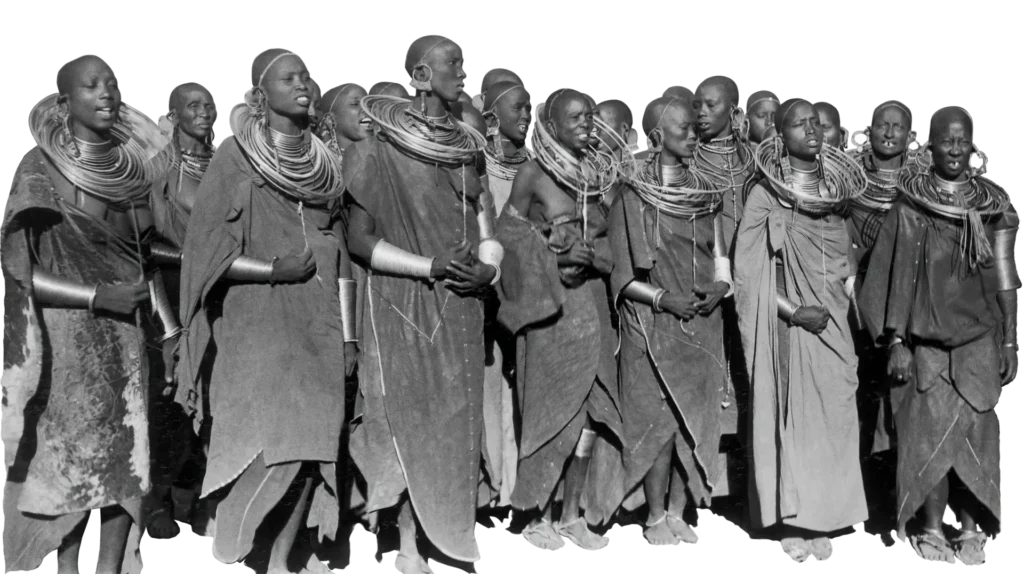From 1917 to 1936, Martin and Osa Johnson set up camp in some of the most remote areas of the world and provided an unmatched photographic record of the wildernesses of Kenya, the Congo, British North Borneo and the Solomon and New Hebrides Islands. Their equipment was the most advanced motion picture apparatus of the day, some of it designed by Martin Johnson himself.
When the young adventurers left their home in Kansas to explore and photograph these lands, little did they realize that they would provide the world with a photographic record of the African game of unimagined magnitude and beauty. The Johnsons gave the filmmakers and researchers of today an important source of ethnological and zoological material which would otherwise have been lost.
Their photographs represent one of the great contributions to the pictorial history of the world. Their films serve to document a wilderness that has long since vanished and tribal cultures and customs that have ceased to exist.
Through popular movies such as “Simba” (1928) and “Baboona” (1935) and best-selling books still in print such as I Married Adventure (1940), Martin and Osa popularized camera safaris and an interest in African wildlife conservation for generations of Americans. Their legacy is a record of the animals and cultures of many remote areas of the world which have undergone significant change.
The outstanding accomplishments and legacy of Martin and Osa Johnson – their films, photographs, expedition reports, correspondence and personal memorabilia – are housed at The Martin and Osa Johnson Safari Museum in Chanute, Kansas.
